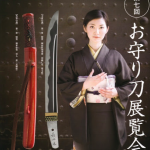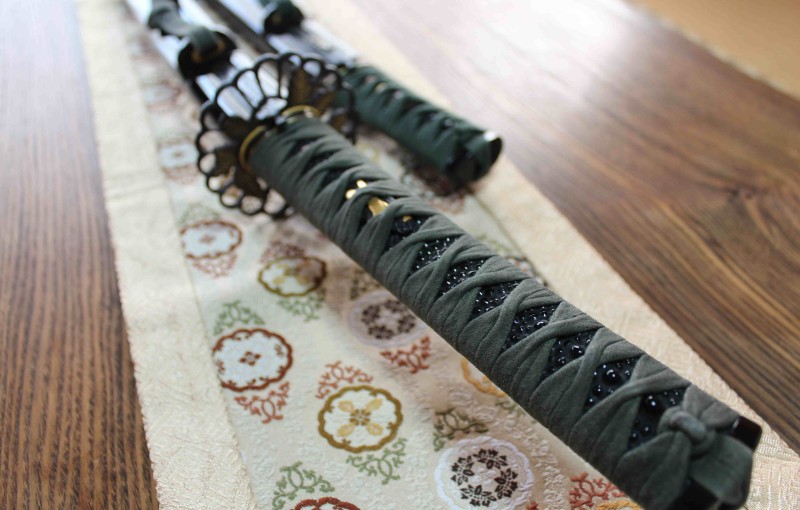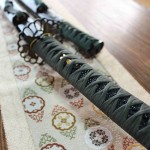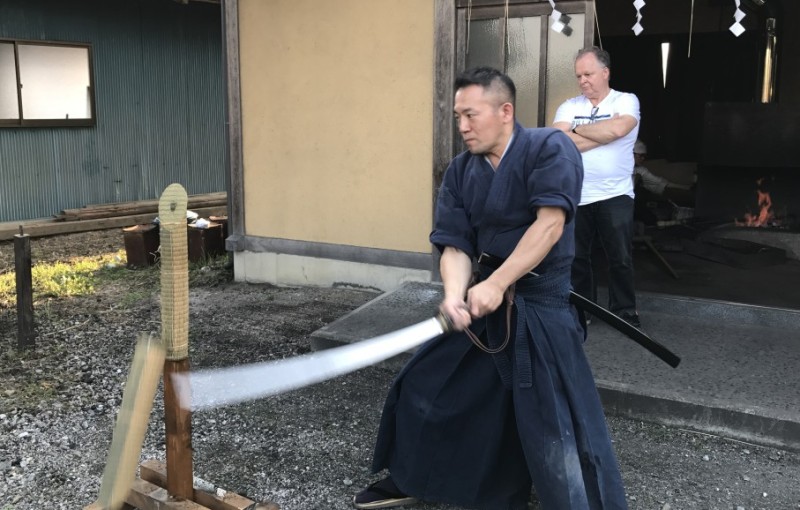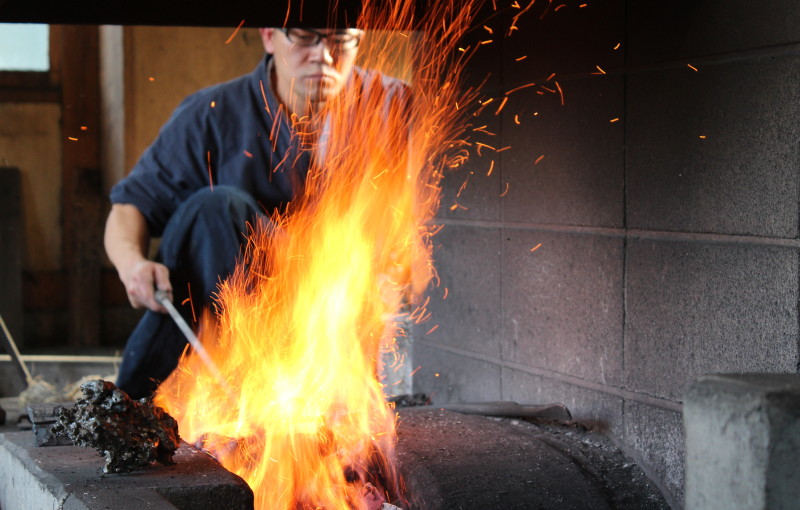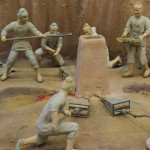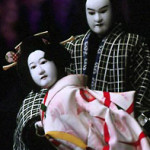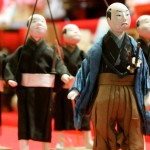A blade of a mamori-gatana for wedding is usually straight with no wave blade patterns, which symbolized her family’s wish that the bride would fit into the new family smoothly.
The purpose to carry a mamori-gatana can be various. A common one is self-defense in case of being attacked, but it can be suicide in case of being involved in an embarrassing incident, and sometimes assassination if getting married to a samurai in a hostile relationship.
On the other hand, a mamori-gatana has been believed to have a power not only as a practical weapon to protect its holder from other human beings but also as an amulet to expel evil spirits and bad luck. From the ancient Read More

